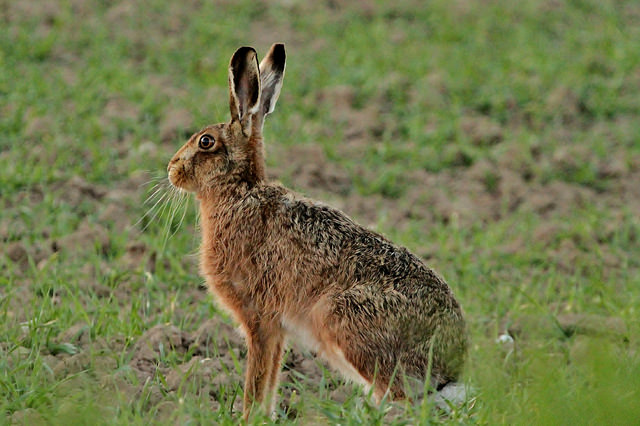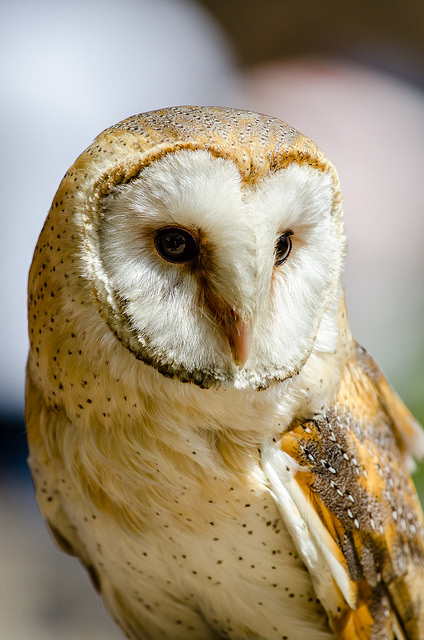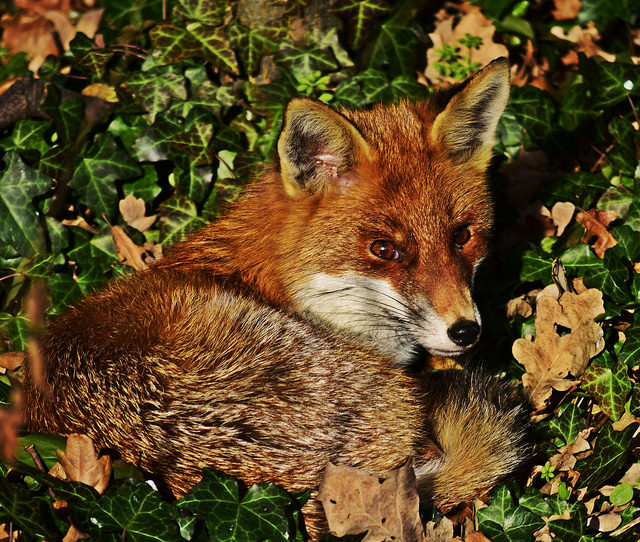Seeing nature while on your horse is one of the joys of hacking. Follow these tips from freelance nature writer Kate Blincoe and see what you can spot next time you’re out.
Meadows and Farmland
Hares
 Look out for hares, the pagan symbol of love, growth and fertility, in open grassland. Although they’re best described as large rabbits, they can look more like small dogs when you see them running.
Look out for hares, the pagan symbol of love, growth and fertility, in open grassland. Although they’re best described as large rabbits, they can look more like small dogs when you see them running.
The highlight is boxing hares in March and April.
Goldfinches
Riding by hedgerows, you’re likely to see many ‘LBJs’ flitting along next to you – that’s Little Brown Jobs – small and hard to distinguish birds.
Look a bit closer and you may notice the flash of yellow and red that indicates the stunning goldfinch.
 Barn owls
Barn owls
Ride just before dusk for the best chance of seeing the ghost-like barn owls silently gliding over rough grassland and farmland looking for prey.
Skylarks
The skylark is the voice of the British summertime and has been immortalized in poetry and painting.
Ride near open grassland and watch out for a small, unexciting brown bird rising up straight like a helicopter, all the while trilling a melodious tune.
Their song is most often heard from February onwards.
Woodland
Deer
We have six species of deer in the UK. The ones you’re most likely to see are the small Muntjac (you may even hear it barking in a dog-like way), the white-bottomed roe deer, the white-flecked fallow deer and the majestic red deer.
Woodland, heartland or open meadow land are the best places to spot them – fawns are born in May and June.
 Foxes
Foxes
Woodland edges are great for seeing foxes, especially cubs, who can often be seen frolicking and playing
Riverbanks
Kingfishers
To spot kingfishers, look out for a flash of iridescent turquoise, keeping perfectly still on a branch overhanging still or slow moving water.
 Great crested grebes
Great crested grebes
This water bird with elegant plumage has an elaborate courtship ‘dance’ in March and April. When the chicks hatch a few weeks later, the mother carries them on her back like a boat.
Beaches and coastland
Common and grey seals
Grey seals come to the end of their pupping season in February, but a few babies may remain on beaches on the East coast – make sure you don’t ride too close. Look out for seal heads popping out of the water to have a look around.
 Sanderlings
Sanderlings
This cute little sea bird can be spotted at the shoreline of sandy beaches.
They scurry along looking very busy. They spend the winter here, migrating back to the Arctic in March.








